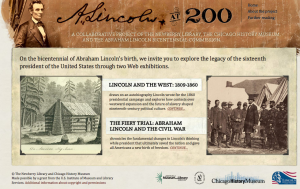Micki Kaufman describes her project:
“This project is an application of ‘big data’ computational text analysis techniques to research the Digital National Security Archive (DNSA)’s recently released Kissinger Collections, comprising approximately 17500 meeting memoranda (‘memcons’) and teleconference transcripts (‘telcons’) detailing Kissinger’s correspondence during the period 1969-1977: it is a first effort at ‘Diplonomics’.
The declassification of  the Kissinger material by the State Department and the hosting of that material on the DNSA’s Kissinger Collection web site therefore presents an opportunity and a challenge for historians. While having this large volume of information online for researchers is valuable, the restriction to a web-based ‘search’ interface can render it of limited use to researchers. The application of more sophisticated computational techniques permits a comprehensive analysis of the historical records of the Kissinger collection at the DNSA, and facilitates meaningful historical interpretations.”
the Kissinger material by the State Department and the hosting of that material on the DNSA’s Kissinger Collection web site therefore presents an opportunity and a challenge for historians. While having this large volume of information online for researchers is valuable, the restriction to a web-based ‘search’ interface can render it of limited use to researchers. The application of more sophisticated computational techniques permits a comprehensive analysis of the historical records of the Kissinger collection at the DNSA, and facilitates meaningful historical interpretations.”
Taken from http://blog.quantifyingkissinger.com/

